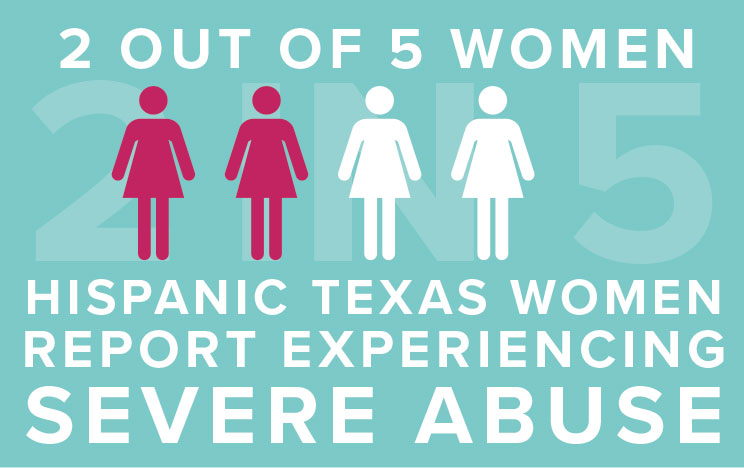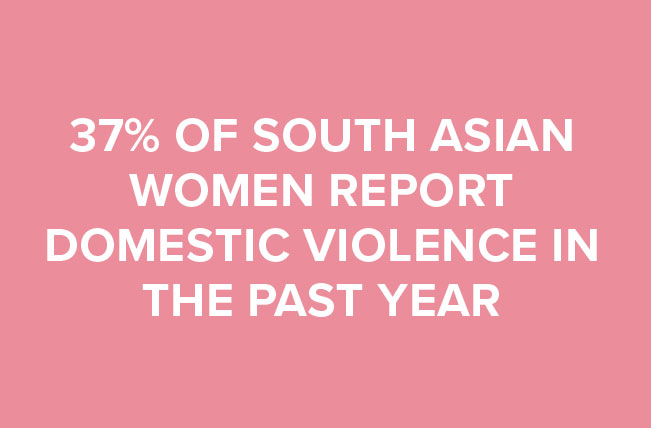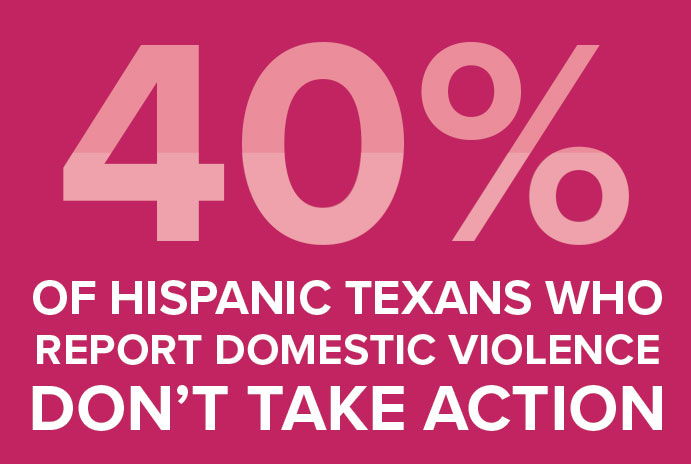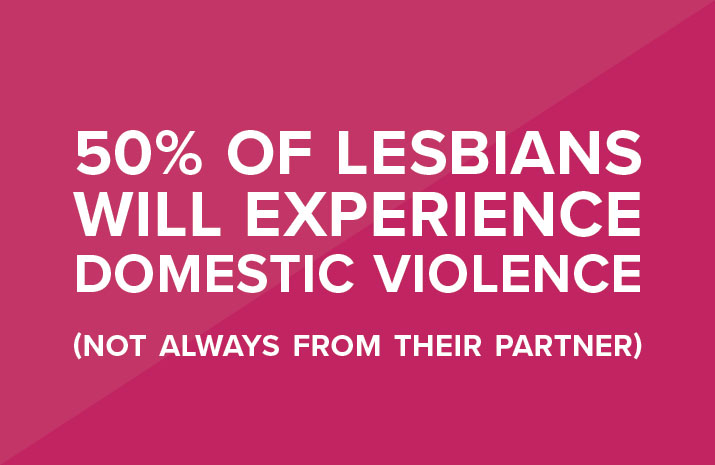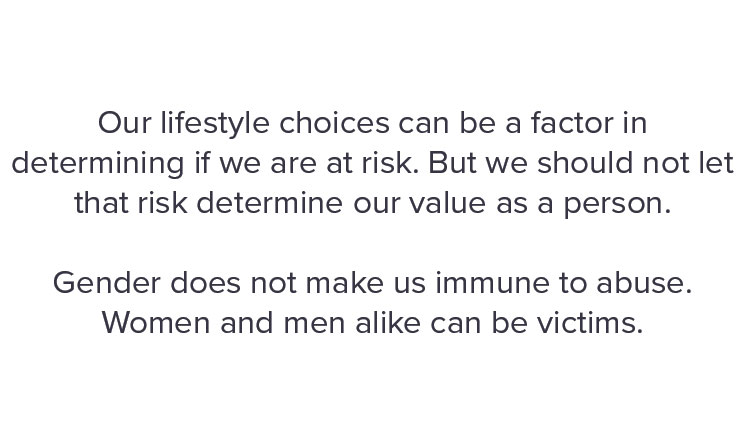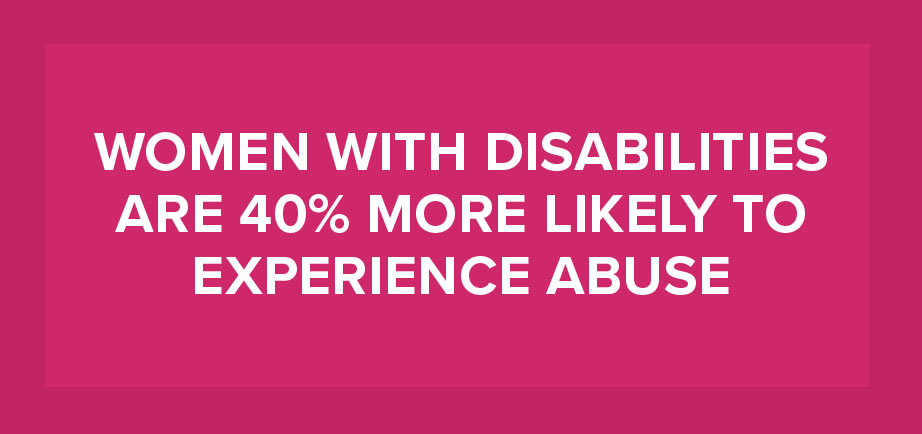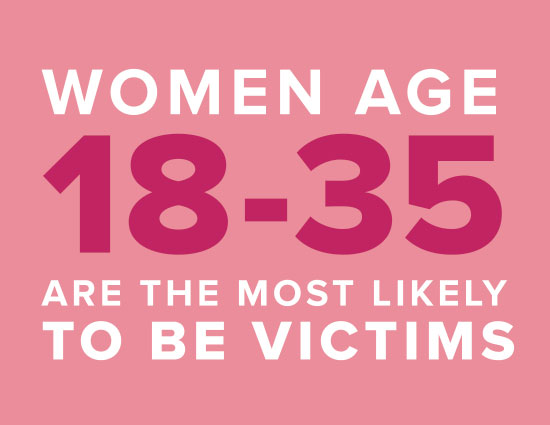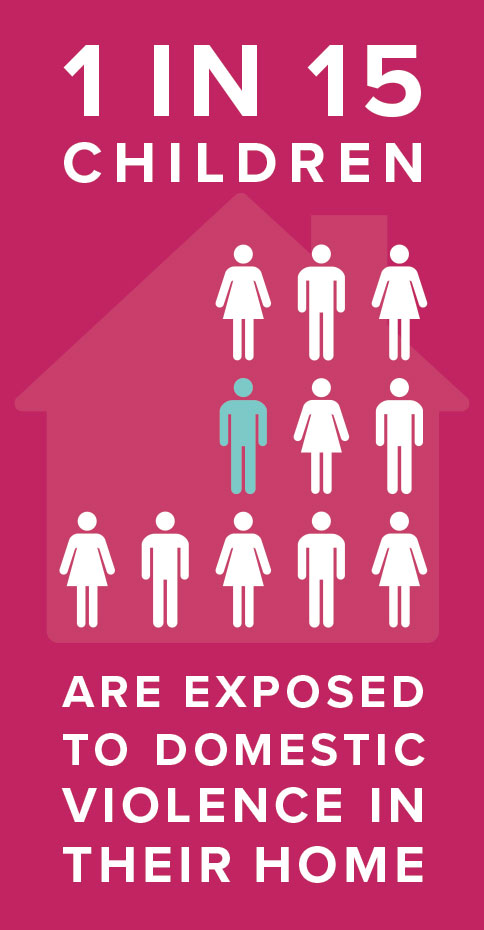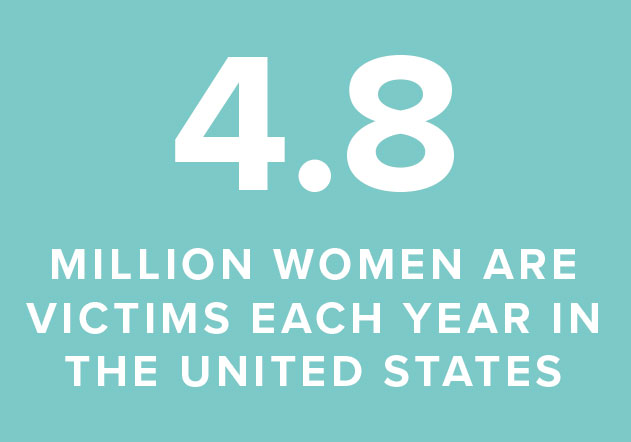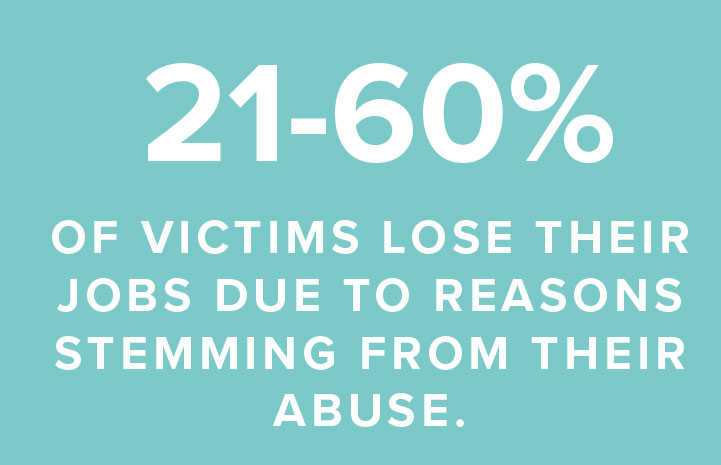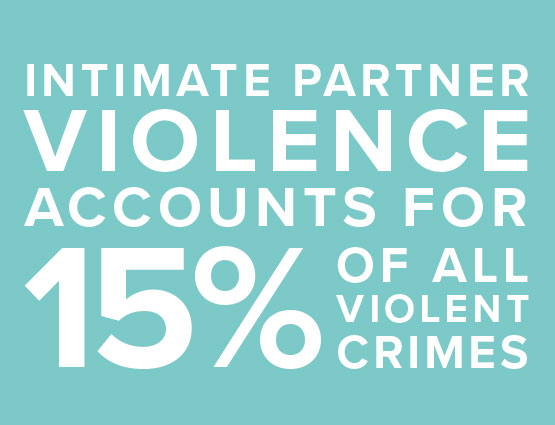What is domestic violence?
Domestic violence occurs when one person in a relationship tries to establish power and control over the other through a pattern of intentional behaviors that can include physical, psychological, emotional and sexual abuse.
“We know we cannot have safe communities if we don’t have safe homes. And, we can’t leave the issue on the steps of our city officials, courts or police departments. We must all come together with zero tolerance to provide safety for victims and accountability for abusers.”
- Jan Edgar Langbein, CEO
There is no such thing as a “typical” victim.
Domestic violence can affect anyone. There are no racial, ethnic, socioeconomic, educational or age-related boundaries when it comes to abuse.
Domestic violence is a worldwide epidemic. In order to put an end to domestic violence, we need to understand that it affects all of us.
The cycle of abuse
Step 1: Build Up
Abuser becomes more critical and begins condemning victim for mistakes. Tension builds with fighting, arguing and the abuser becoming increasingly more temperamental.
Step 2: Explosion
Partner becomes physically, sexually or verbally abusive and easily switches from “normal” to dangerous. Often includes hitting, slapping, choking, and in some cases, weapons.
Step 3: Aftermath
The calm after the storm. The abuser will apologize for their behavior, make excuses, and promise to never do it again in an attempt to keep partner from wanting to leave.
The cycle of abuse
Step 1: Build Up
Abuser becomes more critical and begins condemning victim for mistakes. Tension builds with fighting, arguing and the abuser becoming increasingly more temperamental.
Step 2: Explosion
Partner becomes physically, sexually or verbally abusive and easily switches from “normal” to dangerous. Often includes hitting, slapping, choking, and in some cases, weapons.
Step 3: Aftermath
The calm after the storm. The abuser will apologize for their behavior, make excuses, and promise to never do it again in an attempt to keep partner from wanting to leave.
How We Can End This
We need to create a societal shift on how people think about domestic violence. We need to let everyone know that it should not be tolerated any longer and it is up to us to help. It will take all facets of society working in the same direction and spreading the same message to effectively end domestic violence.



